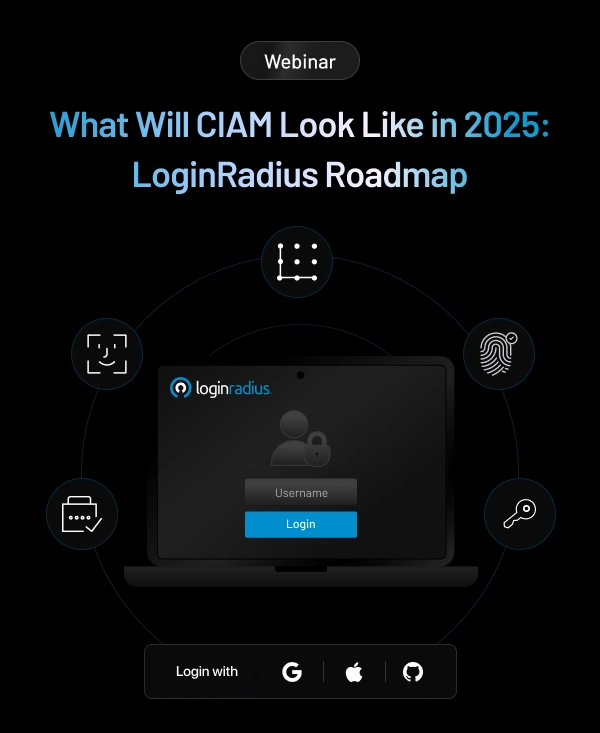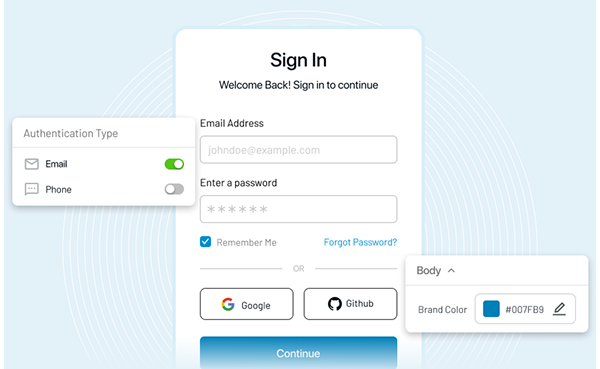In a world where data breaches aren’t uncommon, businesses are always on the verge of compromising sensitive information, and cybersecurity best practices become the need of the hour.
For years, enterprises have modeled cybersecurity around a specific virtual perimeter of trust, including trusted users, devices, and trusted network infrastructure.
Although these fundamental entities are considered safe and trustworthy, this cybersecurity model is the one that’s been exploited by cybercriminals for years.
Undoubtedly, there’s an immediate need for a robust mechanism that doesn’t leave any loophole in the entire system consisting of numerous devices, users, and digital touchpoints and provides a risk-free ecosystem.
Here’s where the zero trust security model comes into play.
The shortcomings of the current cybersecurity system that can be quickly analyzed by hackers that are always on a hunt for finding loopholes can be fixed by implementing a zero trust security model across the entire network.
Let’s understand the concept of zero trust in detail and why businesses need to put their best foot forward in deploying zero trust security without further delay.
What is Zero Trust Security
Zero trust can be defined as the security concept based on a belief that enterprises shouldn’t automatically trust any device or individual, whether inside or outside its perimeters and should strictly verify everything before granting access.
In a nutshell, zero trust relies on the principle of “don’t trust anyone.” This architecture cuts all the access points until proper verification is done and trust is established.
No access is provided until the system verifies the individual or device demanding n access to the IP address, device, or storage.
This strategic initiative helps prevent data breaches as the concept of trusting anyone is eliminated, even if the access request is from within the network.
Hence, implementing zero trust architecture ensures the highest level of security and mitigates the risk of a data breach or unauthorized access.
Why Do You Need Zero Trust Security
The zero trust security model strictly believes that everything inside is by default secure, and the only thing that requires adequate security is outside network access.
Moreover, security experts now firmly believe that the conventional security approach is good for nothing, especially in a world where most data breaches are caused by bypassing the corporate firewalls and the hackers could move inside a private network without enough resistance.
Many businesses are letting too many things run way too openly on too many connections, which is perhaps why they get targeted by cybercriminals that are always on a hunt for enterprise networks with minimal layers of security.
Since the network is too open for all inside the organization, anyone can share everything, which is alarming.
Hence enterprises today need a whole new way of thinking regarding access management within the organization, which helps minimize data compromise by a bad external actor.
Benefits of Getting Zero Trust Security Mechanism
1. Safeguards Sensitive Business Information and Brand Repute
Securing sensitive business data should be the #1 priority for enterprises embarking on a journey to digital transformation, which not only prevents losses worth millions of dollars but eventually preserves brand reputation.
Lack of a robust security mechanism could also lead to compromised consumer identities that further cause financial losses.
Moreover, consumers’ refusal to do business with a breached enterprise will naturally affect the overall revenues.
Enforcing an effective Zero Trust solution will not only ensure that only authenticated and authorized individuals and devices have access to resources and applications but will also help mitigate data breaches, preventing many of these negative consequences.
2. Greater Visibility
Since Zero Trust never trusts anyone, you can always decide what resources, data, and activity you’ll need to add to your security strategy.
All information and computing sources are secure, and every user needs to go through a stringent authentication process to gain access to specific resources. Once you have set up the monitoring that covers all your activities and resources, you gain complete visibility into how and who accesses your organization’s network.
This means you have precise data regarding the time, location, and application involved in each request.
Moreover, your overall security system helps to flag suspicious behaviors and keeps track of every activity that occurs.
3. Secures Remote Workforce
One of the biggest challenges IT organizations face today is the sudden shift to the remote working ecosystem.
As per the latest stats, around 73% of IT professionals C-level executives are concerned that the distributed workforce has eventually introduced new vulnerabilities along with a sudden increase in exposure.
With Zero Trust in place, identity is undeniably the perimeter and is attached to users, applications, and devices seeking access, reinforcing security.
Moreover, the dependency on firewalls, which aren’t the best line of defense, is reduced as a robust security mechanism reassuring that users spread across the world can securely access data across the cloud.
Conclusion
With the increasing risk of security breaches from within a network, the need for a zero trust mechanism becomes more crucial than ever before.
Decision-makers and IT department heads of an organization should consider putting their best foot forward in securing important consumer information and business data by leveraging robust layers of defense through a zero trust security model.
















